Picaxe-18M2
First of all I had to build this board.
Using a Picaxe-18M2 as a microcontroller and a ULN2803 as a driver for motors, this picaxe should be identical to the original.
First of all the ULN2803 works driving "high currents" with "low currents", it supports currents of 500mA. In the future it will control a H-bridge that powers DC motors (for example to move something automated).
Secondly, but not less important there is the "brain" of this project, the Picaxe-18M2. It is programmed by a serial port that is connected to the computer, and then you load the program by a 3,5mm jack on the board. Another projection to the future is that the board will be enhanced by installing a led that indicates it is connected to the computer.
The diagram of the connector (Serial to 3,5mm) is also included on the pictures. In the original schematic it had two resistors, but it this case I deleted this because they were included in the board.
I have finished the the board. The main idea is to connect it to another board and make them interact.
The two main boards I want to connect are these:
PICAXE 18M
Usb4Butia and Arduino UNO
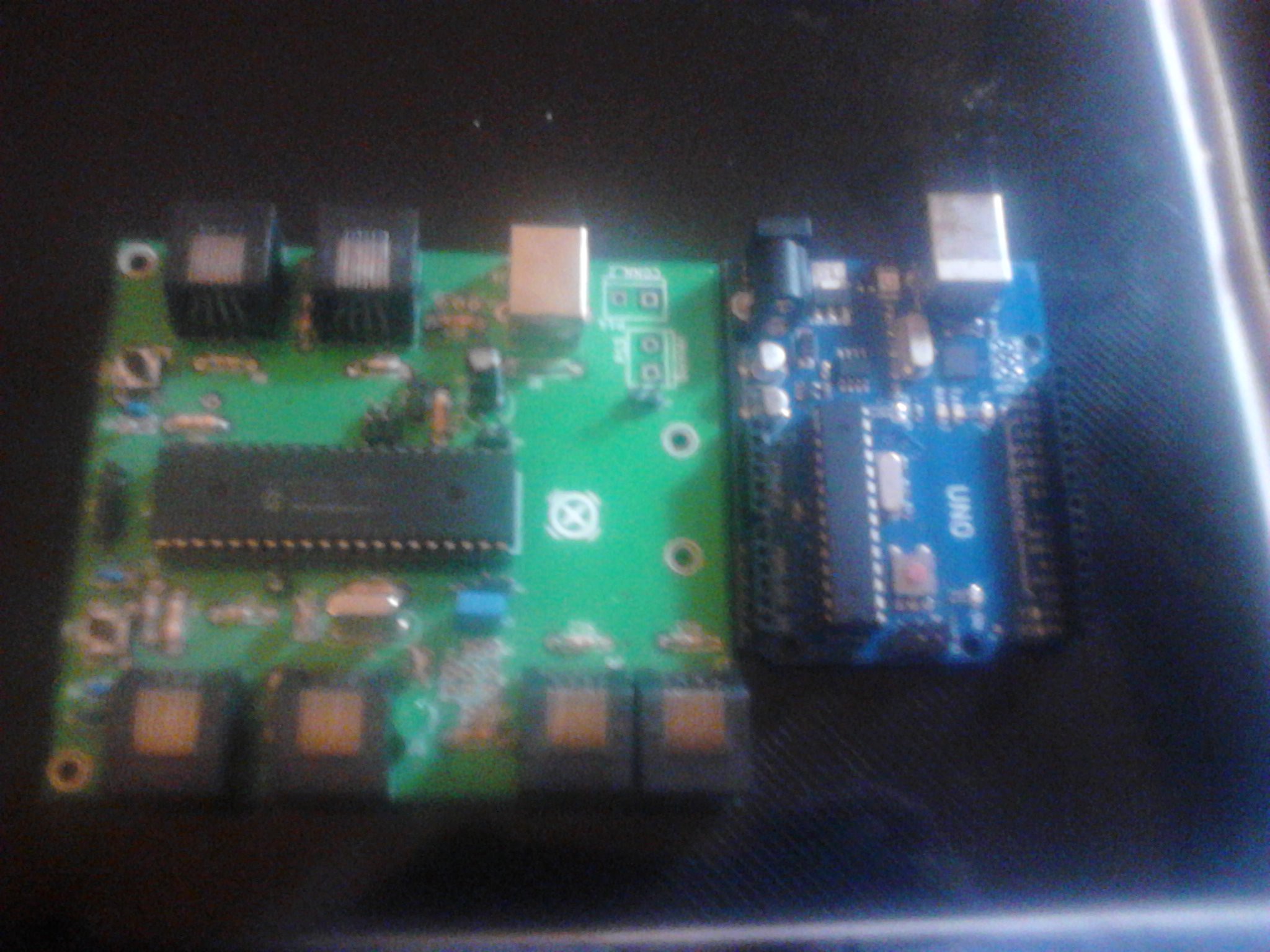
The first one is the Usb4Butia (http://www.fing.edu.uy/inco/proyectos/butia/) and the second is the well known arduino UNO.
POWER
The second problem is to power this boards and in the future the motors. So I will use a solar panel that charges a 6v battery, also I could use the two batteries shown in the second picture.
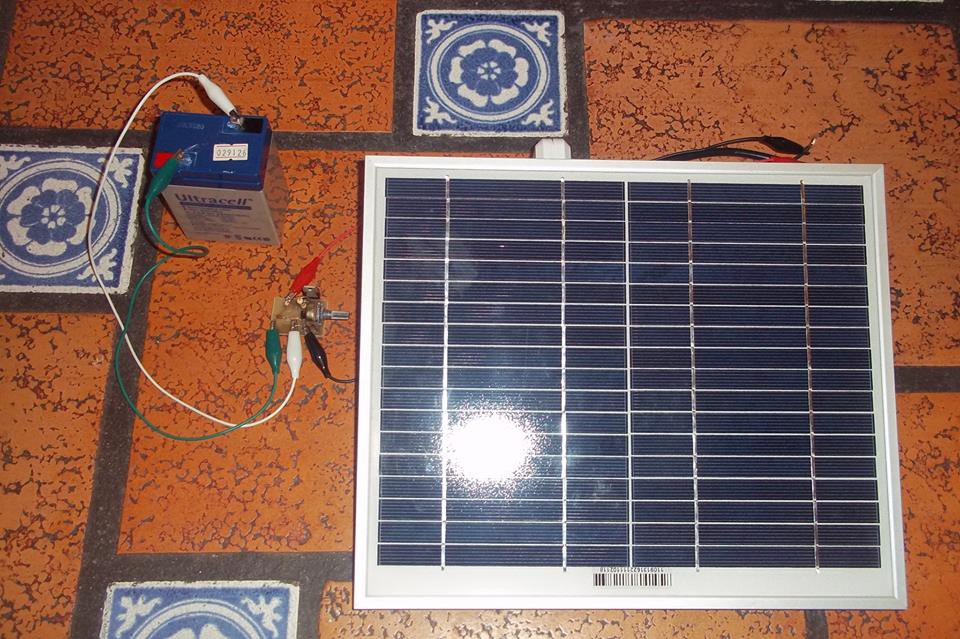
The battery shown in this picture is a gel or VRLA battery (valve-regulated lead-acid battery), more commonly known as a sealed battery or maintenance free battery . As the last name shows, it is a maintenance free battery and it makes a perfect candidate to this project, because in other planet these kind of battery will not have any maintenance.
VRLA batteries:
- Are less reliable than flooded lead acid
- Have shorter recharge time than flooded lead-acid.
- Cannot tolerate overcharging: overcharging leads to premature failure.
- Have shorter useful life, compared to properly maintained wet-cell battery.
- Discharge significantly less hydrogen gas.
- AGM batteries are by nature, safer for the environment, and safer to use.
- Can be used or positioned in any orientation.
Source: http://en.wikipedia.org/wiki/VRLA_battery#Basic_concept
These two batteries are rechargable Nickel-Cadmium (NiCd), they last longer than the Nickel metal hydride (NiMH) and they provide the energy necesary to run the Arduino board. But the disadvantage is they have memory effect, that affects its performance.
The exploring robot will consist in two logical modules:
- Meteorological measurement.
- Robot control.
The Arduino UNO will be used for the meteorological issues and the Picaxe will be used for the robot control.
METEOROLOGICAL MEASUREMENT
There I will use an arrange of sensors that will measure:
- Temperature (TMP36GZ- Transistor)
- Light intensity (LDR)
- Infrared radiation (Infrared receiver)
- Solar radiation (Small solar cell)
These will be connected to the Arduino UNO, and all the data will be processed by it and downloaded to a micro-SD card (shown below).
This is a home made micro-SD shield (I don't have the mediums to afford this kind of shield).
There is a program (source code) to test the SD shield to see if it works fine:
https://drive.google.com/file/d/0B9ddqvtGcAxiUWM1bnlYTUROd2s/edit?usp=sharing
Source: http://nathan.chantrell.net/20111128/diy-micro-sd-shield-for-arduino/
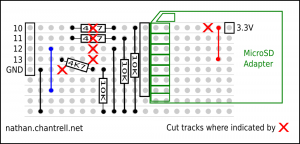
This is the schematic to build the SD-shield. It's cheap to build and it works fine.
 Martin Ferreira
Martin Ferreira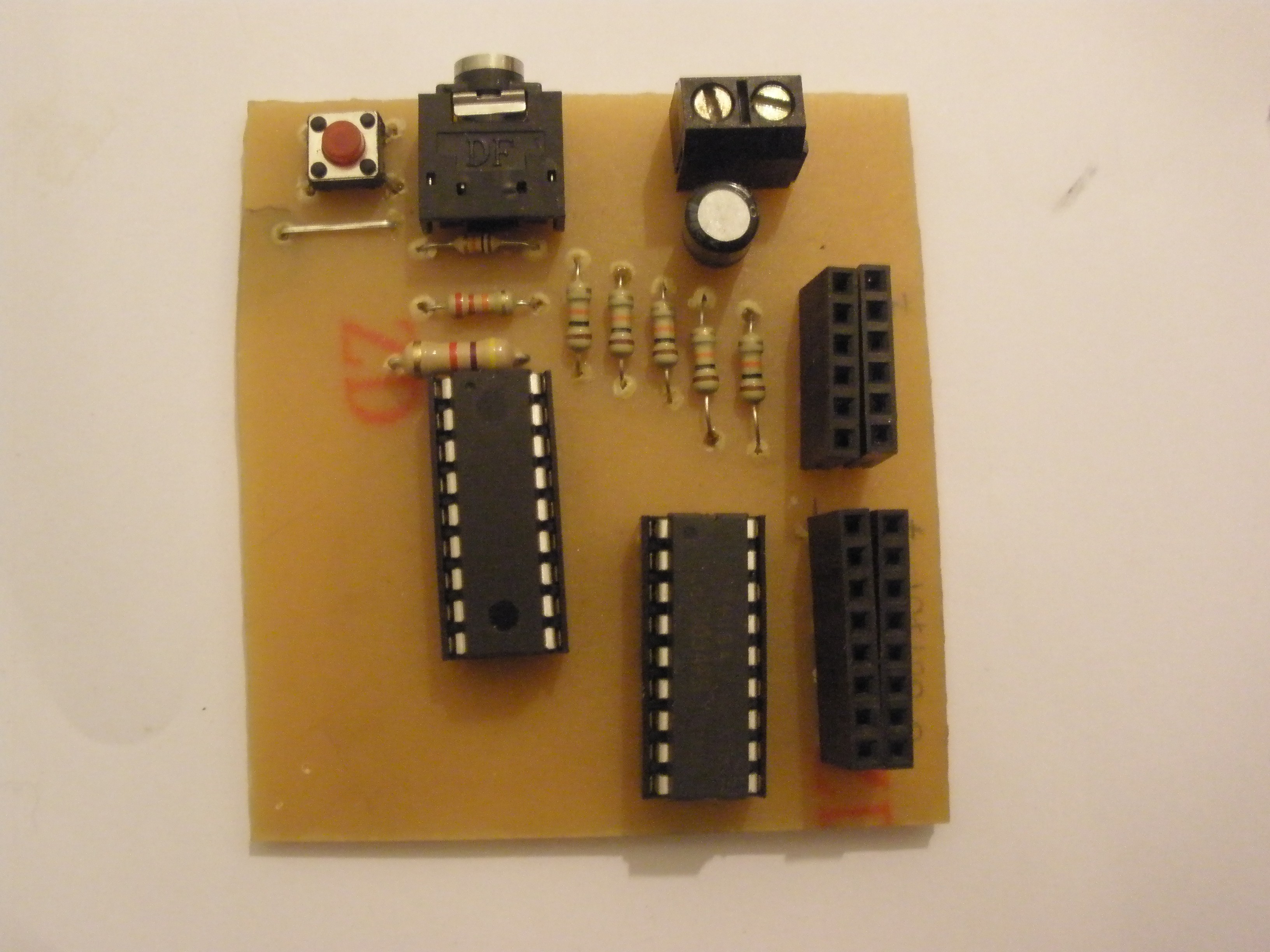
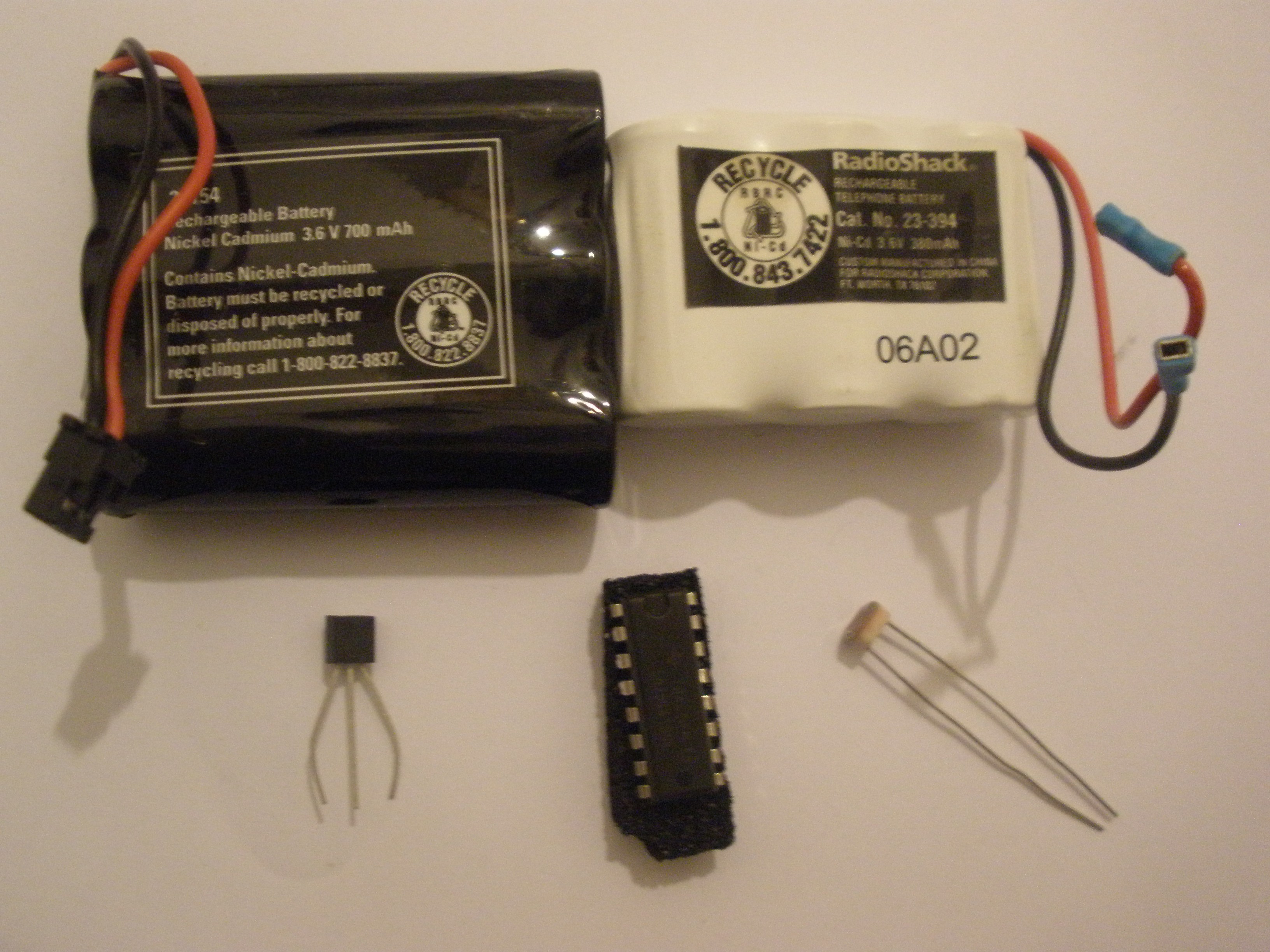
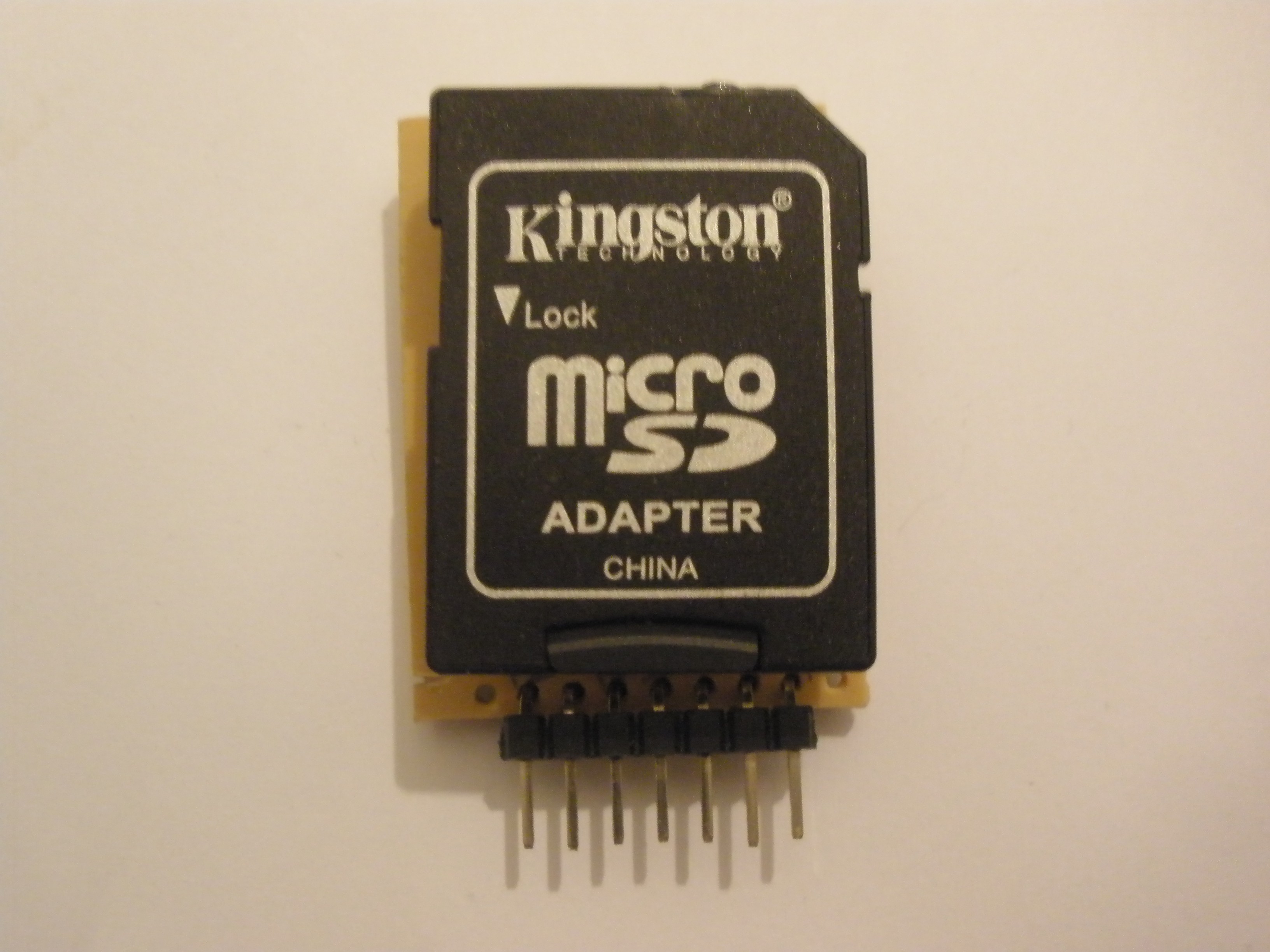


Keep the documentation coming in, and Good luck!